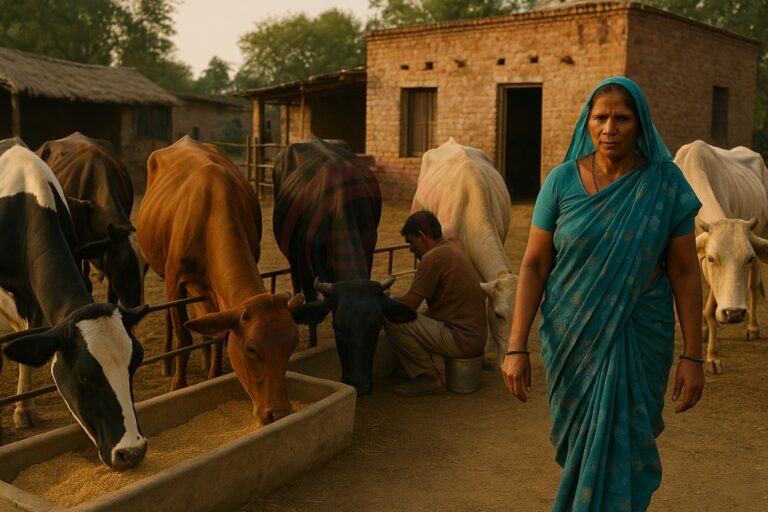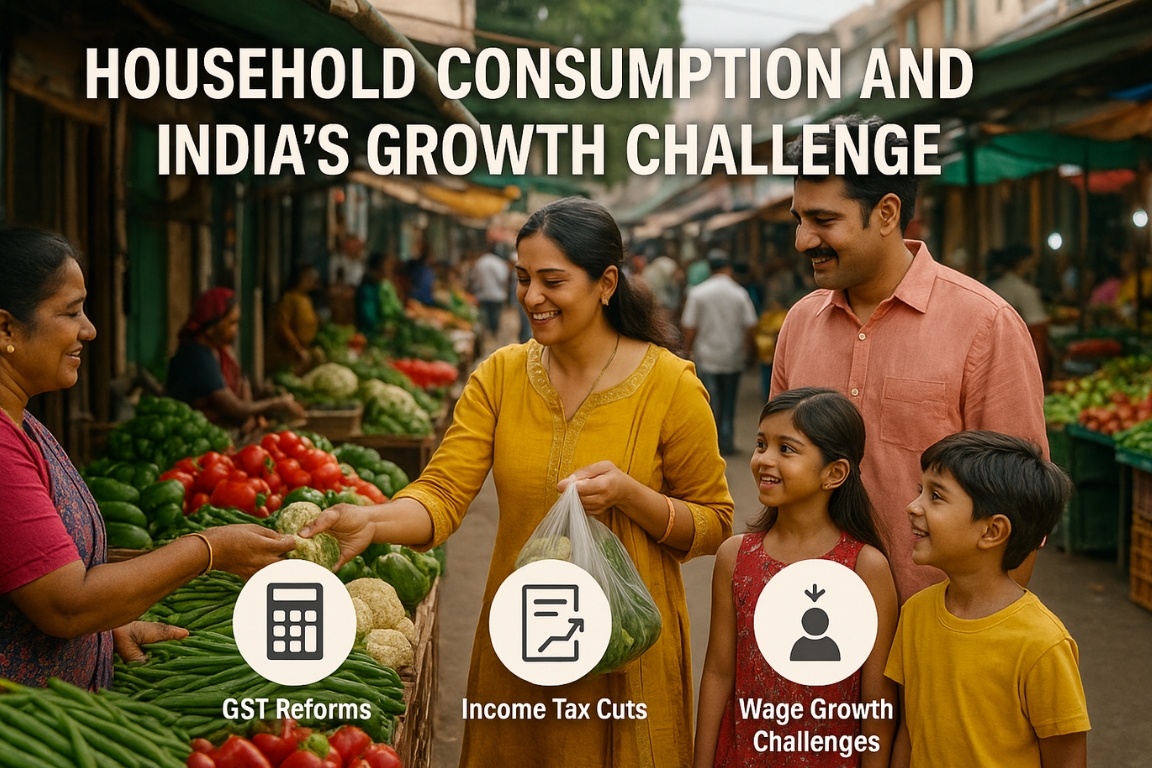India has retained its position as the world’s largest milk producer, but recent reports highlight that its low-cost cooperative-led model faces issues of productivity, labour dependence, and climate stress, questioning its long-term sustainability.
India’s Dairy Sector: An Overview
- Largest Global Producer: Contributes nearly 25% of global milk output.
- Production Growth: Rose from 146 million tonnes (2014-15) to 239 million tonnes (2023-24).
- Economic Role: Accounts for 5% of GDP; provides direct livelihood to 8 crore+ farmers.
- Livestock Growth: Expanded at 7.9% CAGR (2014–2021), faster than crop agriculture.
- Per Capita Availability: 471 g/day (higher than world average of 322 g/day).
- Top States: Uttar Pradesh, Rajasthan, Madhya Pradesh lead production.

Key Weaknesses in the Model
- Low Productivity of Breeds
- Indian cows yield 1.6 tonnes/year vs 7.3 tonnes in EU and 11 tonnes in US.
- Indigenous breeds underperform despite resilience.
- Land & Fodder Shortages
- Unlike New Zealand, India lacks grazing land.
- Heavy reliance on crop residues and purchased feed increases costs.
- Dependence on Low-Cost Labour
- Relies on family and unpaid labour for feeding, cleaning, and milking.
- Rising education and non-farm jobs may reduce this availability.
- Climate Stress & Volatile Markets
- Heat waves cut milk yields, causing price spikes.
- Growth slowed to 3.7% in 2023–24; buffalo milk fell by 16%.
- Post-Harvest Losses
- Inadequate cold storage and processing units cause wastage.
Significance of Dairy in India
- Economic Backbone: Largest agricultural commodity; vital for rural income.
- Nutrition Security: Key source of protein, calcium, and vitamins.
- Export Scope: Growing demand in Asia & Africa for Indian ghee, butter, and milk powder.
- Gender Inclusivity: 35% of dairy cooperative members are women, making it a driver of rural empowerment.
Government Interventions
- Breed improvement through AI, IVF, and genetic conservation.
- National Dairy Plan for productivity enhancement.
- Rashtriya Gokul Mission for indigenous breeds.
- Investments in cold chains, chilling centres, and organized collection systems.
Way Forward
- Raise Productivity: Breed upgrades, better fodder, and balanced cattle nutrition.
- Climate Preparedness: Develop heat-tolerant breeds and expand vaccination.
- Strengthen Infrastructure: Cold storage, processing plants, and supply chains.
- Expand Cooperatives: Cover more farmers under Amul-like models.
- Empower Women Farmers: Targeted training, credit, and leadership roles in cooperatives.





